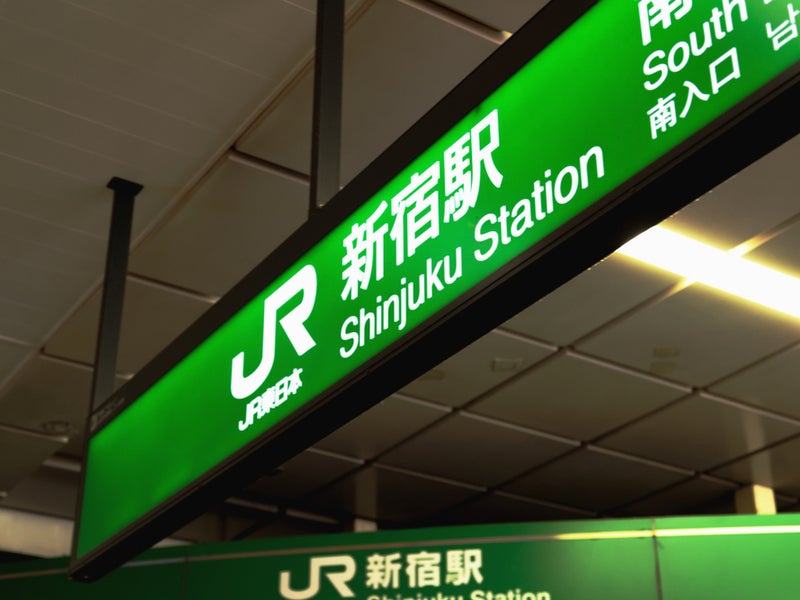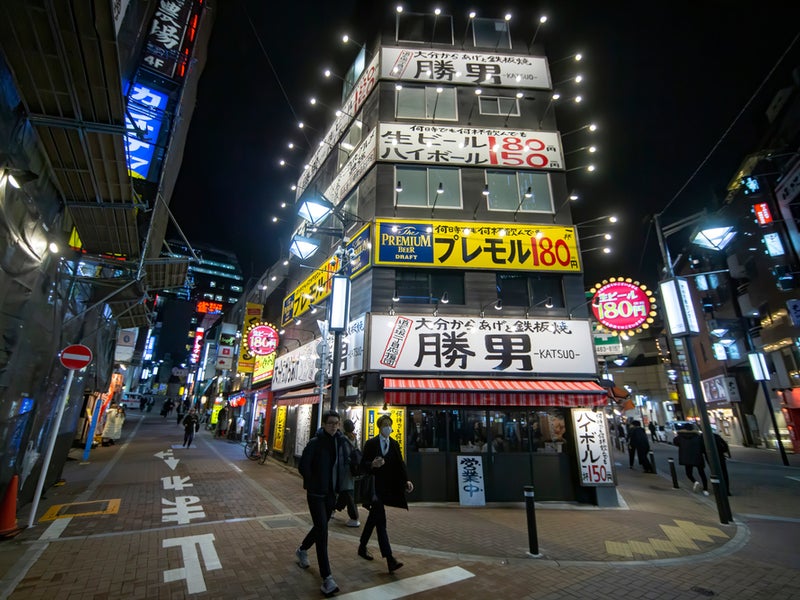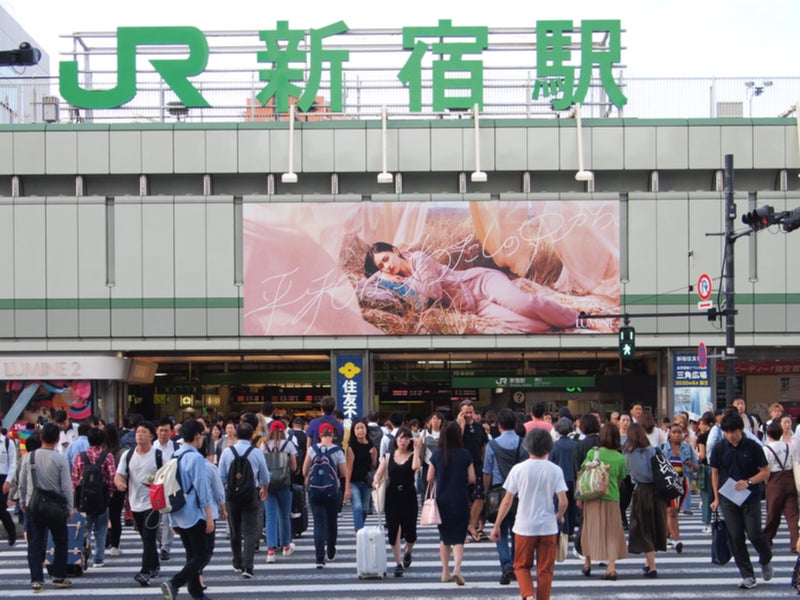Shinjuku station is located in Shinjuku and Shibuya in Tokyo, Japan. An average of 3.6 million people use the station each day, making it one of the busiest stations in the world in terms of passenger numbers.
Shinjuku is a cluster of five stations, namely JR-East, Odakyu Electric Railway, Keio Corporation, Tokyo Metro and Toei Subway. The station serves as a connecting link between central Tokyo and its western suburbs.
Shinjuku station infrastructure
The station features ten platforms that serve 20 tracks and 12 train links. It has four major entrances and exits, including west gate, east gate, south gate, and new south gate, as well as 200 exits and an underground arcade.
Shinjuku station is the world’s second largest station building, after Nagoya station in Aichi Prefecture, central Japan.
It serves JR-East’s railway systems, including Yamanote Line, Chuo Main Line, Chuo Rapid Line, Chuo-Sobu Line, Shonan-Shinjuku Line and Saikyo Line.
The station also offers infrastructure to support the operations of Odakyu Electric Railway’s Odakyu Odawara Line, Keio Corporation’s Keio and Keio New lines, Tokyo Metro’s Marunouchi Line and Toei Subway’s Toei Shinjuku and Toei Oedo lines.
The east of Shinjuku station is dedicated for shopping and includes restaurants, department stores and kiosks.
Lines and routes
JR Railways serves an average of 17 million passengers a day and includes seven ground-level island platforms located on a north-south axis. The platforms are connected by concourses (two overhead and one underground).
JR provides urban and suburban mass transit services and also offers long-distance services on the Chuo to Kofu and Matsumoto line.
Odakyu station serves 90,000 passengers a day. The line stretches from the south-west to the coastal city of Odawara, which includes mountains of Hakone. Ten platforms including six overground and four underground have been built on two levels under the Odakyu departmental store. Platforms are situated on both sides of the track which separates boarding and alighting passengers.
The non-JR Railway, Keio is one of the busiest railways of Japan handling 710,000 passengers a day. The Keio Line connects Shinjuku to Meidaimae, Chofu, and Keio-Hachioji in western Tokyo. To the west of the Odakyu line is the concourse of the Keio line, located under the Keio departmental store.
Keio Line Shinjuku station, which is a terminus, has three underground platforms, with local trains on platform one and express services on platforms two and three.
Keio and Keio New lines are served by two platforms that stretch east-west. The platforms are located five floors below Koshu Kaido avenue.
Tokyo Metro’s Marunouchi Line is served by two underground platforms that stretch from east-west to the north of JR and Odakyu facilities, beneath the Promenade underground mall located on the northern side of Shinjuku station.
Seibu-Shinjuku station lies north of Shinjuku station. The Seibu-Shinjuku Line, operated by Seibu Railway, connects Seibu-Shinjuku with Hon-Kawagoe in Kawagoe. Seibu-Shinjuku station is located under the Shinjuku Prince Hotel, on the north side of Shinjuku station.
The station is approximately a five-minute walk from the JR Shinjuku station’s west or east entrances.
Seibu-Shinjuku station has three platforms, with platform one serving local trains and platforms two and three serving express trains.
History of Shinjuku station
Shinjuku station was opened in 1885. It was previously a stop on the Akabane-Shinagawa line (now part of the Yamanote Line).
The opening of highway lines, including Chuo (1889), Keio (1915) and Odakyu (1953), resulted in increased traffic through the station. Subway services with Marunouchi Line at the station started in 1959, while the services of Toei Shinjuku and Toei Oedo lines began in 1980 and 2000 respectively.
Plans were drawn in the past to connect Shinjuku to the Shinkansen network. According to the plans, the station was supposed to be the southern terminal of the Joetsu Shinkansen line to Niigata.










